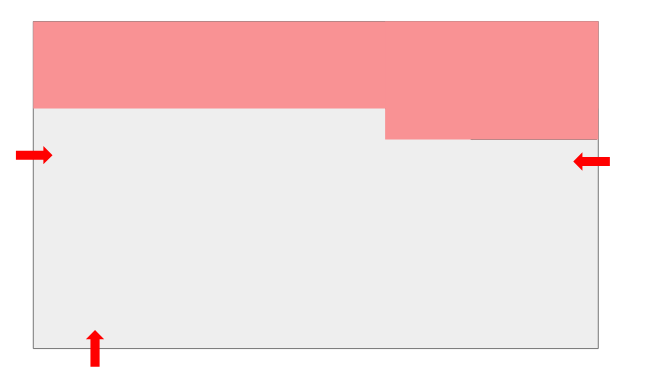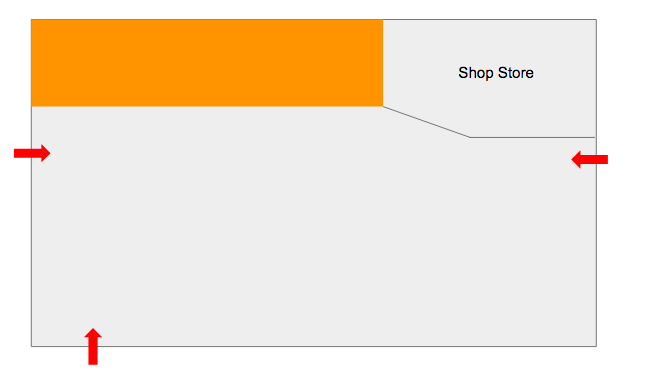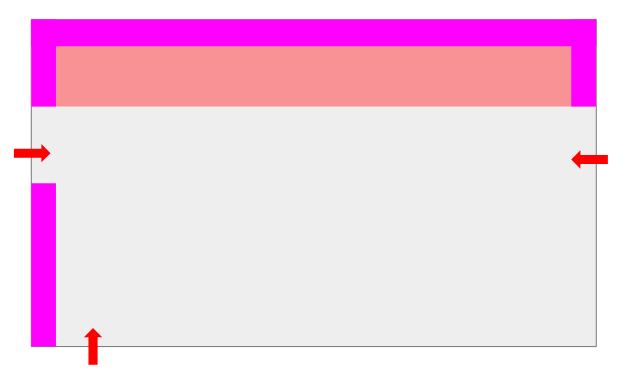In late June 2018 we ripped out our stockroom at Bristol Museum & Art Gallery shop to give us 20% more floorspace for selling during our refit.
Three months on and the decision remains a sound choice and acceptable risk.
When you think of a traditional shop and what is fundamental to success, having somewhere to store products is usually high up the list. Yet i was unconvinced. For various reasons our shop stockroom was full. Upon close inspection I estimated 50% or greater of the stock was very old and has long lost any sellable value. Unsold stock just stuck around. Unsold stock actually costs us money:
- Stock over 2yrs old is effectively worthless as it’s a sunk cost yet requires regular stock checking
- The space it occupies has a value and in our case approx 20% of the total footprint of the shop was lost
- Old stock literally gets in the way which makes quickly finding products difficult when a customer says “Please can you check if you have this product out back?”
- Restocking products is slower when the back up stock isn’t near the stock on the shop floor
- Having a high stockholding ties up cash on the shelf which in turn increases the risk
- Stock checking takes 2-3 times as long as much more products need checking and as it’s out of public view this increases costs because a dedicated member of staff is required as retail assistant cannot leave the floor
- Opportunity for shrinkage is higher through theft and/or the attitude that there is plenty of stock so less care may be taken – neither were an issue for us but I hear this is a problem for others
- Piling stock high introduces health and safety risks as ladders and lifting at high become a consideration
- There is a temptation to over order without any actual margin benefit (in theory if you order in bulk you can negotiate better margins)
- Modern ordering and fulfilment means typically an order can arrive the following day so there is less reason to bulk order
With quite the list of reasons to loath the stockroom myself and the retail manager decided to work though the stockroom. We discovered stock from the 1960s and each decade in-between I kid you not! I half jokingly said that any stock from before the year I was born 1983 automatically had to be removed. We made a sale table. If it failed to shift we offered it to charity groups and then finally recycling or the skip. The day we hired a skip was a turning point for rebooting the shop. After several months we managed to reduce the stockholding to approx 50% and mostly maintain this figure even when re-ordering.
 [Fig 1] shows in the red and top 20% of the graphic is the original stockroom footprint.
[Fig 1] shows in the red and top 20% of the graphic is the original stockroom footprint.
Around this time we started to drum up the support needed to refit the shop itself. All the low hanging fruit had been uncovered and it was obvious the shop fittings wouldn’t help us grow. Initially the plan was to retain the stockroom but our exercise above proved it might just be possible to be effective with a reduced stockroom.
 [Fig 2] shows Initial revised floor plan which retained a small stockroom and office.
[Fig 2] shows Initial revised floor plan which retained a small stockroom and office.
I had asked others if the stockroom was needed as a way to sense check. Everyone told me to retain at least some stockroom OR place to sort products and just like that was the aha! Moment. I had just visited a whole lot of museum shops in recent months. All the newer designs included ample under bay storage. I calculated that the under bay storage was roughly equal to the amount we currently had. Furthermore I had just read The Toyota way which championed ordering “just in time”.
Armed with this information myself and the team decided losing the stockroom was worth the risk. At worst we would need to hide away products in one of the many random corners behind the scenes.
 [Fig 3] shows the final design of the shop which eliminated the stockroom completely
[Fig 3] shows the final design of the shop which eliminated the stockroom completely
Fast forward to three months post refit and we haven’t had an big problems coping without the stockroom. In fact having the back up stock directly under the bays has made improvements to stock checking and merchandising. The team have reported that it works well too which is vitial of course!
Onwards